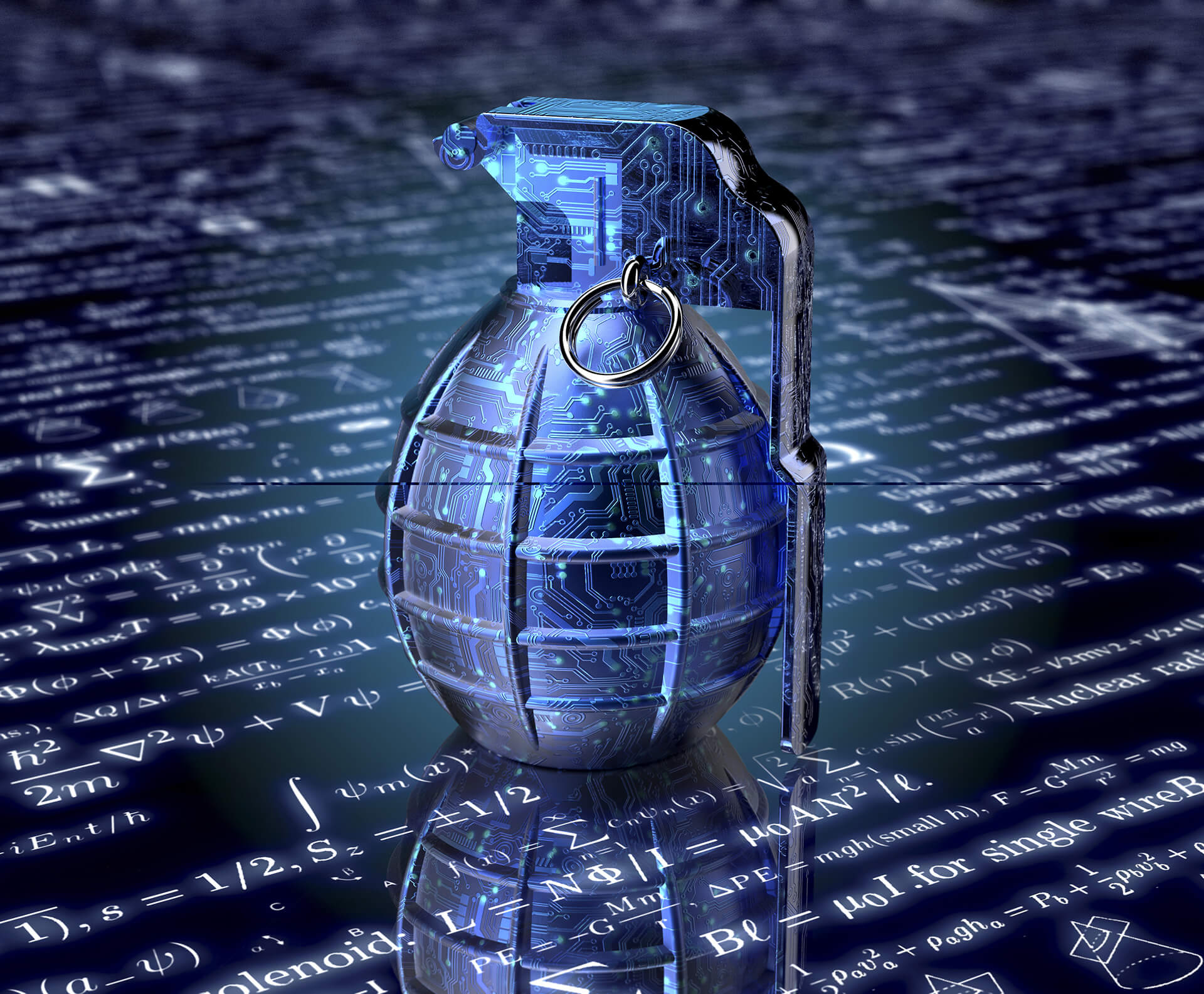By Franz-Stefan Gady
The Indian Navy has commissioned a new Car Nicobar-class high-speed offshore patrol vessel, the INS Tillanchang, at a naval base near the city of Karwar in the South Indian state of Karnataka, Indian Ministry of Defense (MOD) announced on March 9.
The INS Tillanchang is the third of four improved Car Nicobar-class boats high-speed offshore patrol vessels, referred in the Indian Navy as Water Jet Fast Attack Crafts (WJFAC), to be commissioned by the service. The Indian Navy operates ten regular Niconbar-class ships commissioned from 2009 to 2011.
The production of the Car Nicobar-class vessels was sped-up following the 2008 Mumbai attacks.
The INS Tillanchang is the third WJFAC built by Kolkata-based shipbuilder Garden Reach Shipbuilders & Engineers (GRSE). Construction of the craft kicked off in 2013 following the conclusion of a contract with the Indian defense ministry. It was launched along with two other WJFACs in June 2015.

















